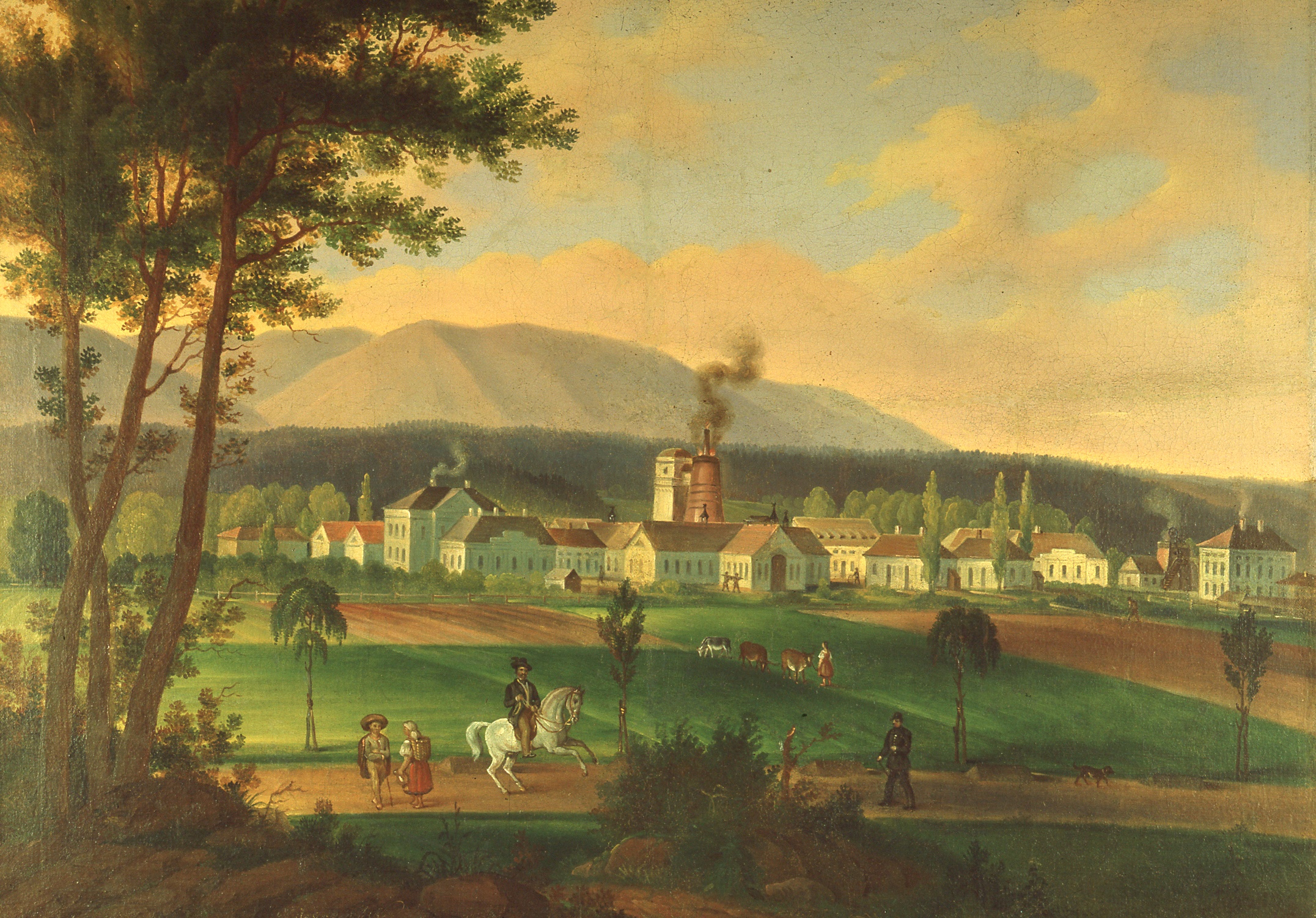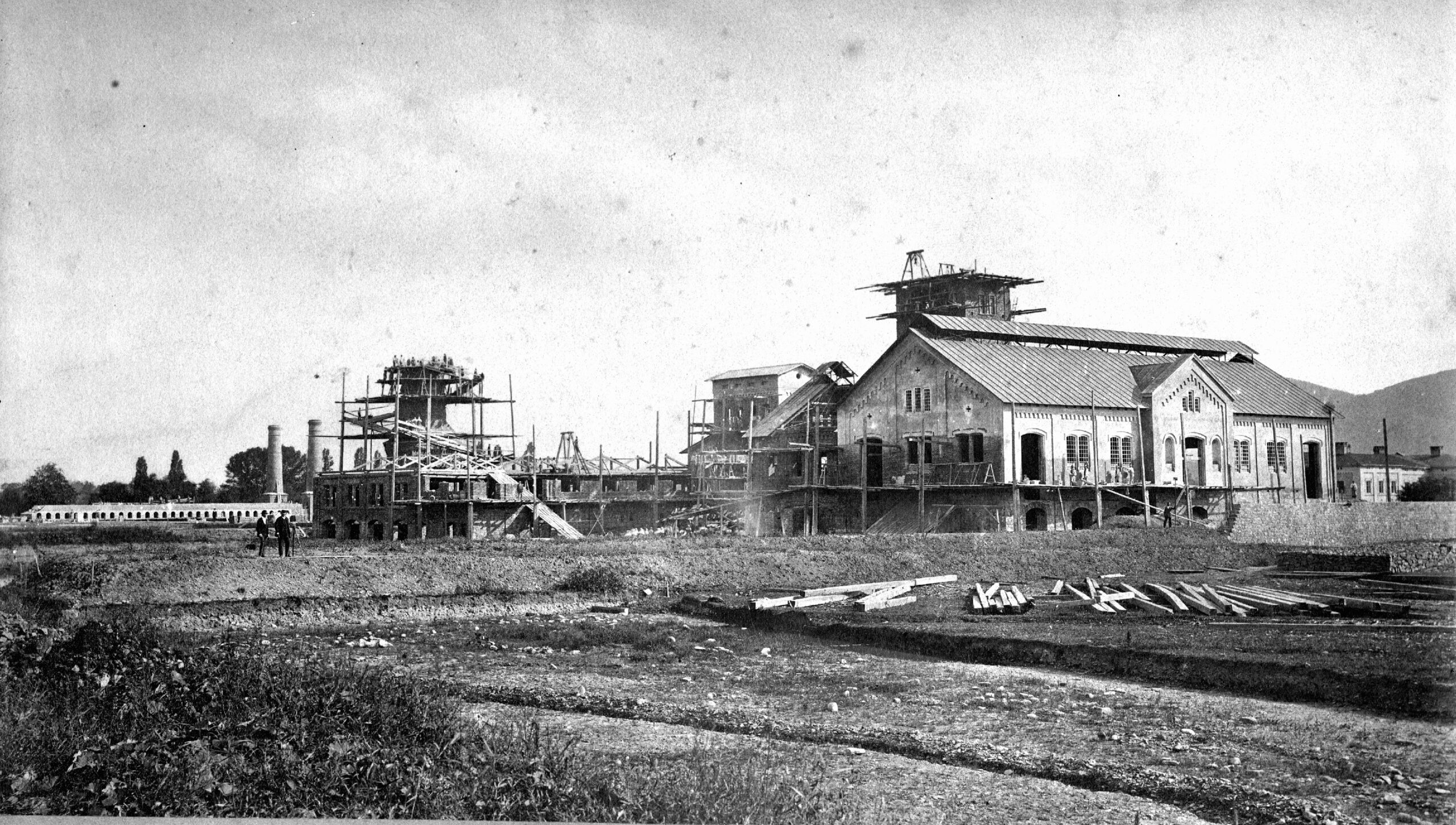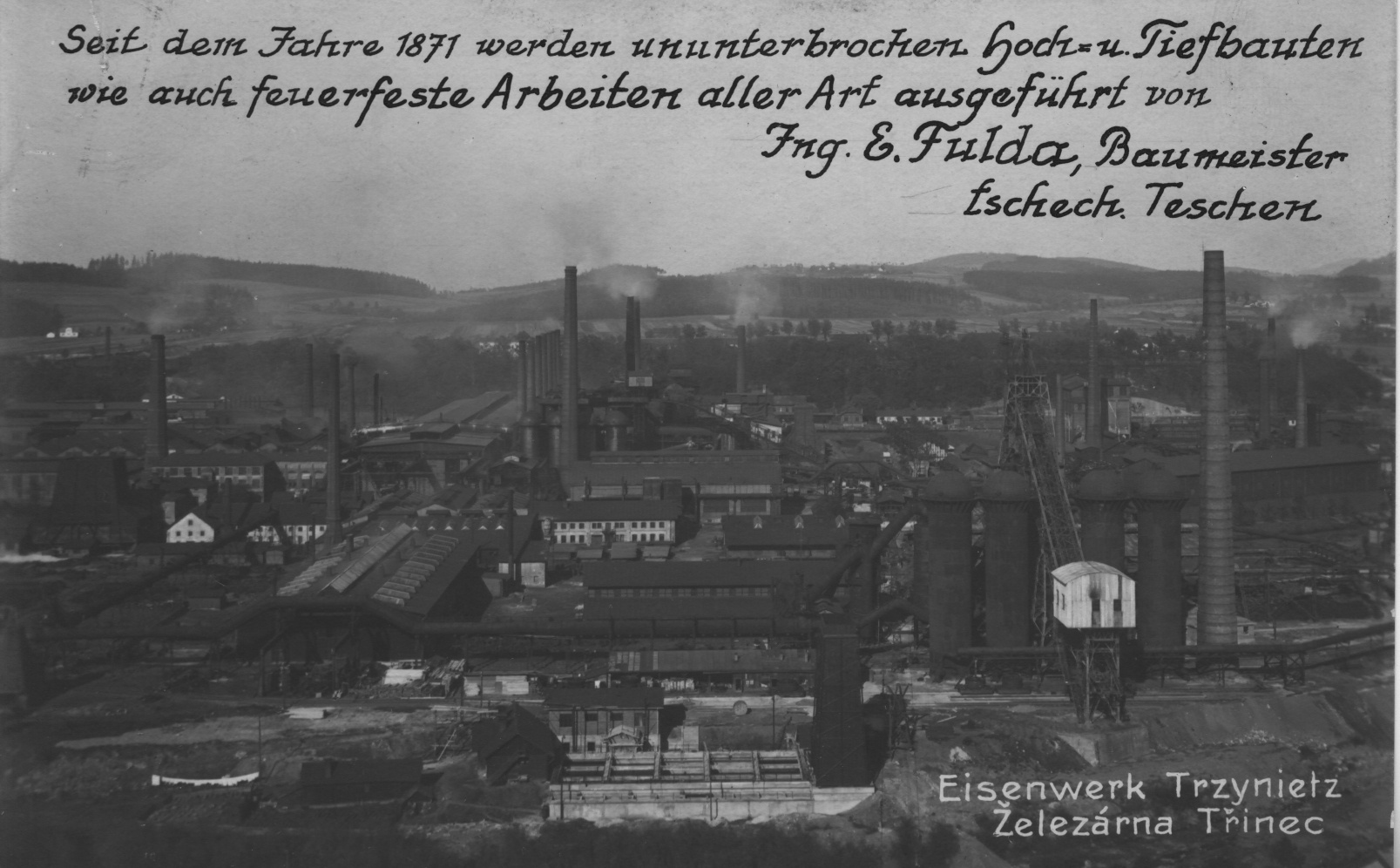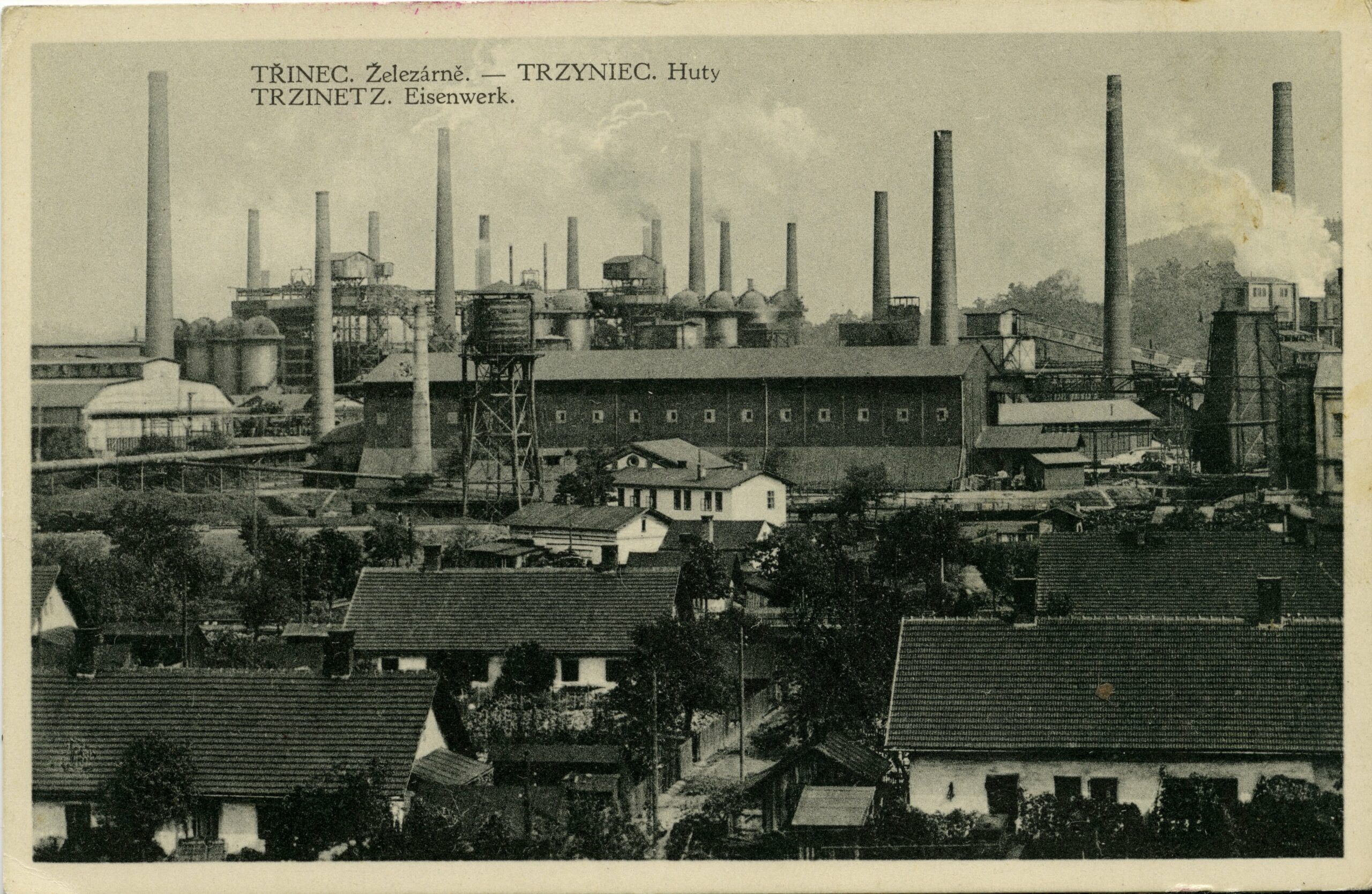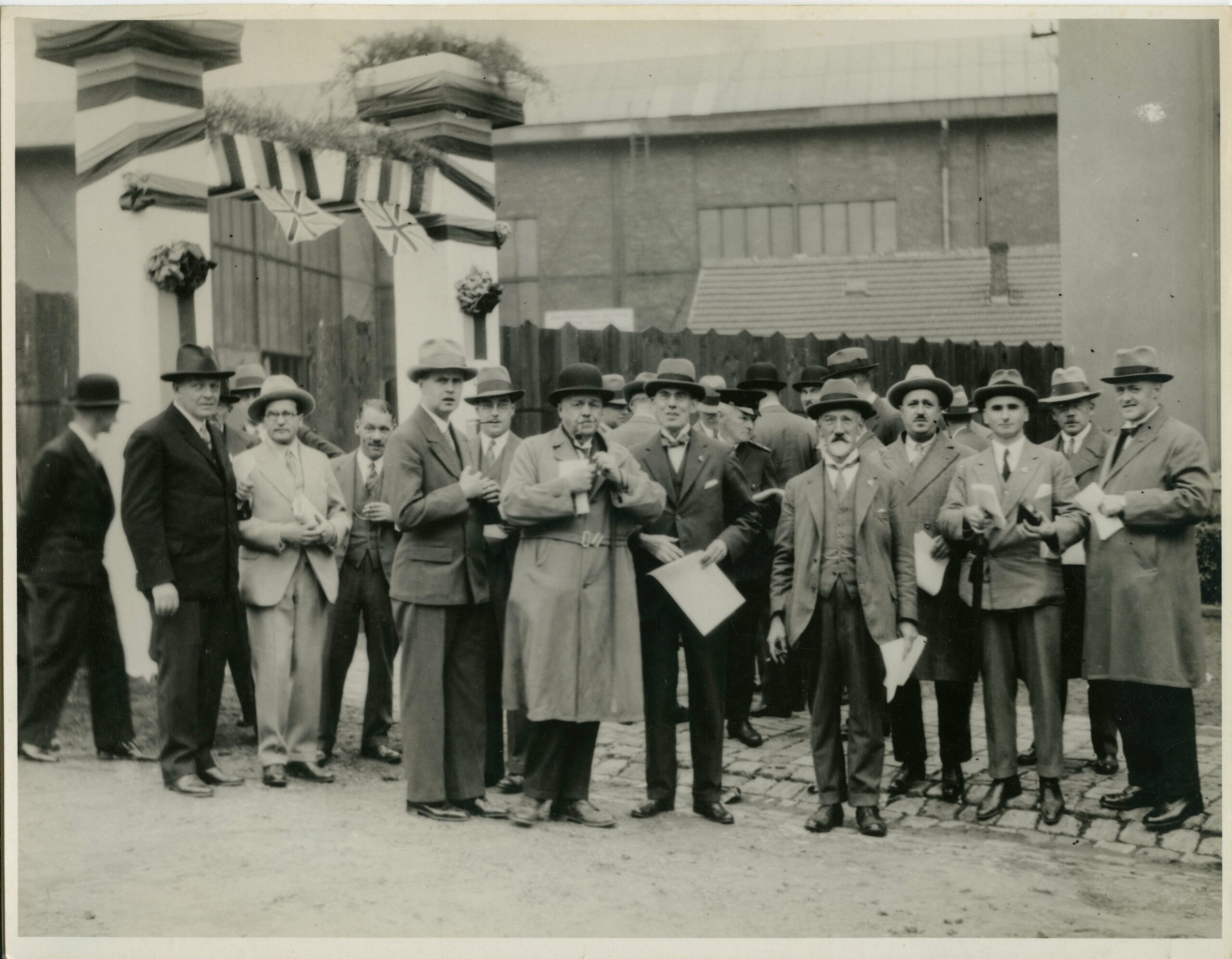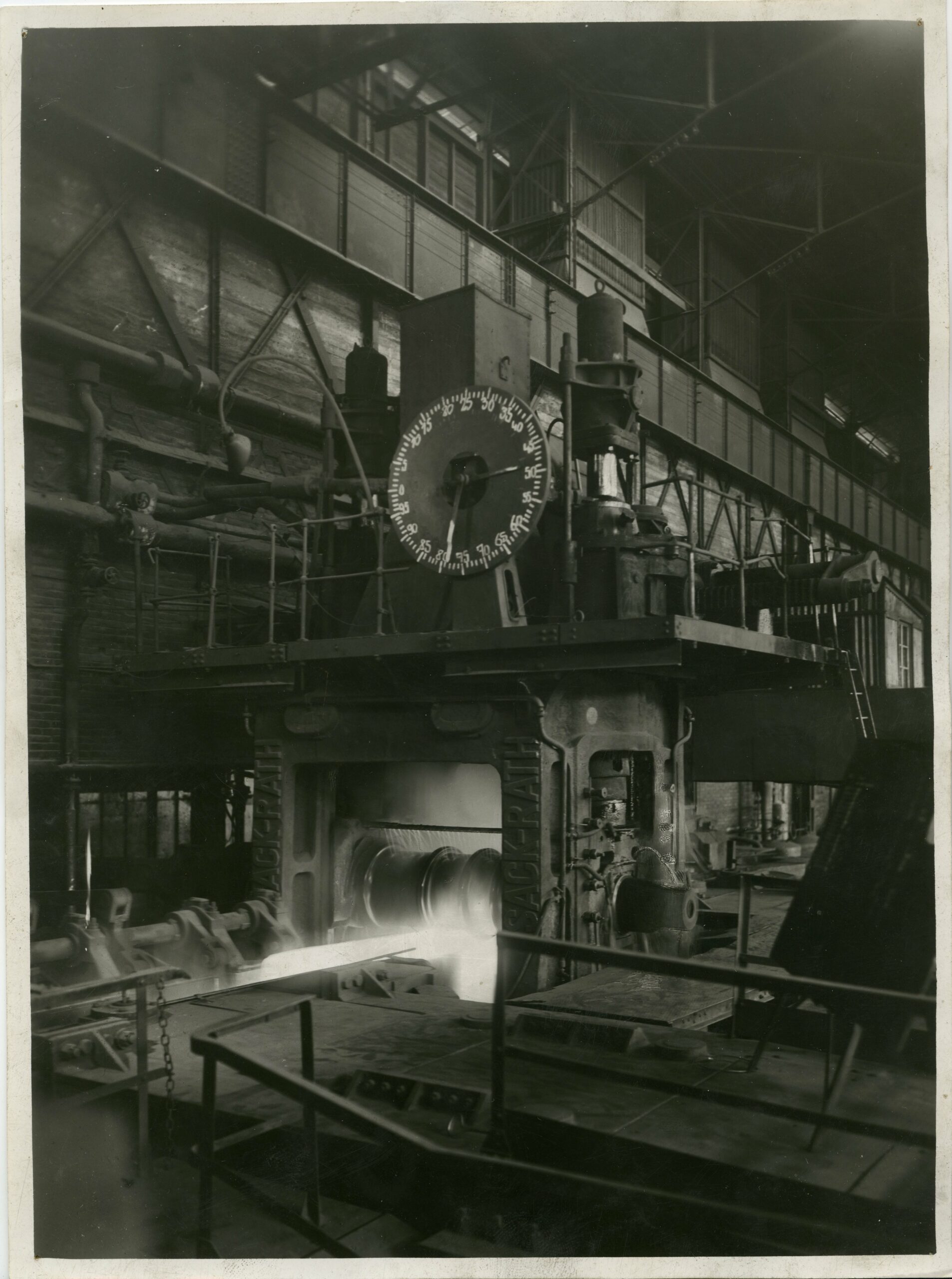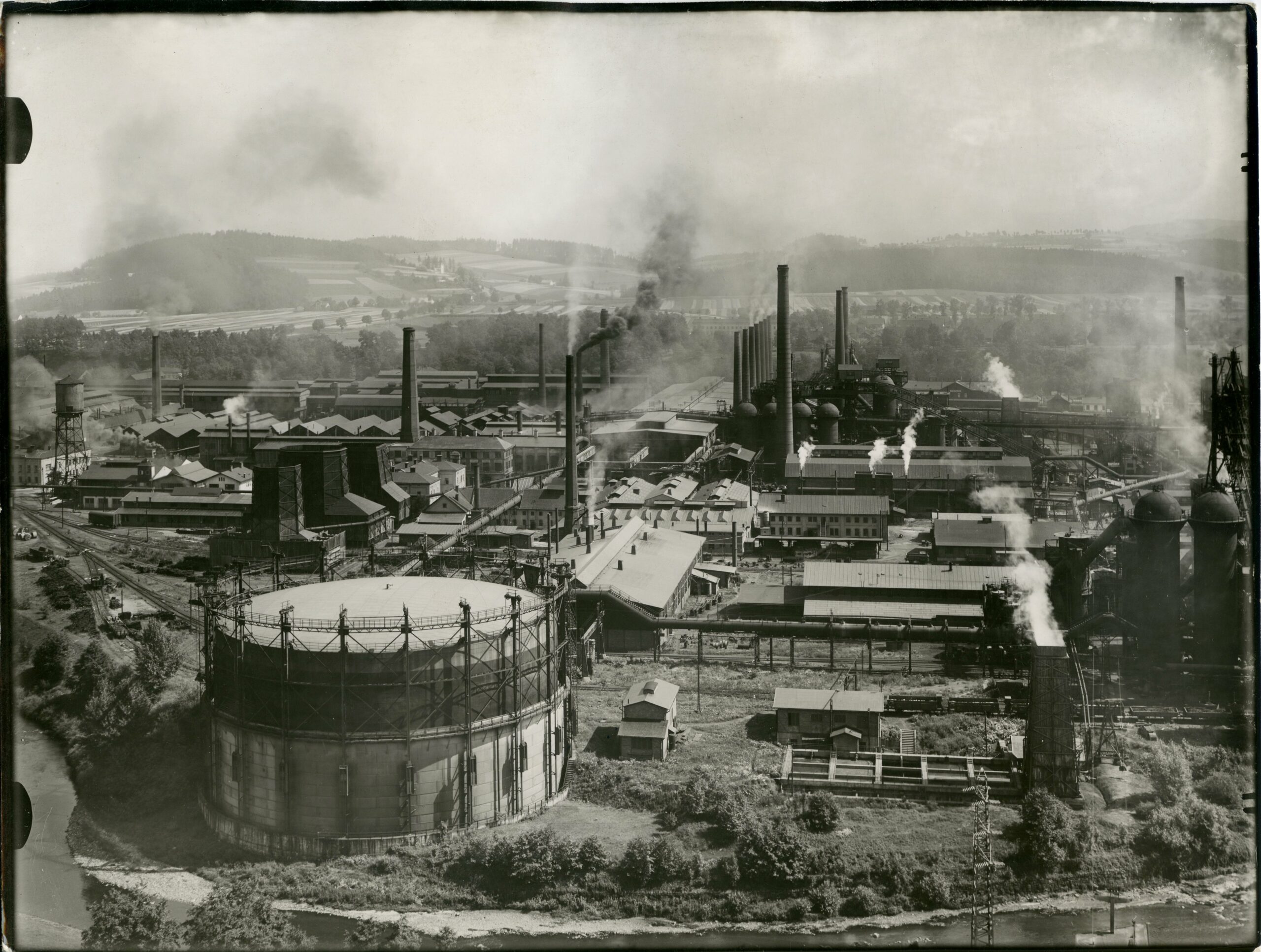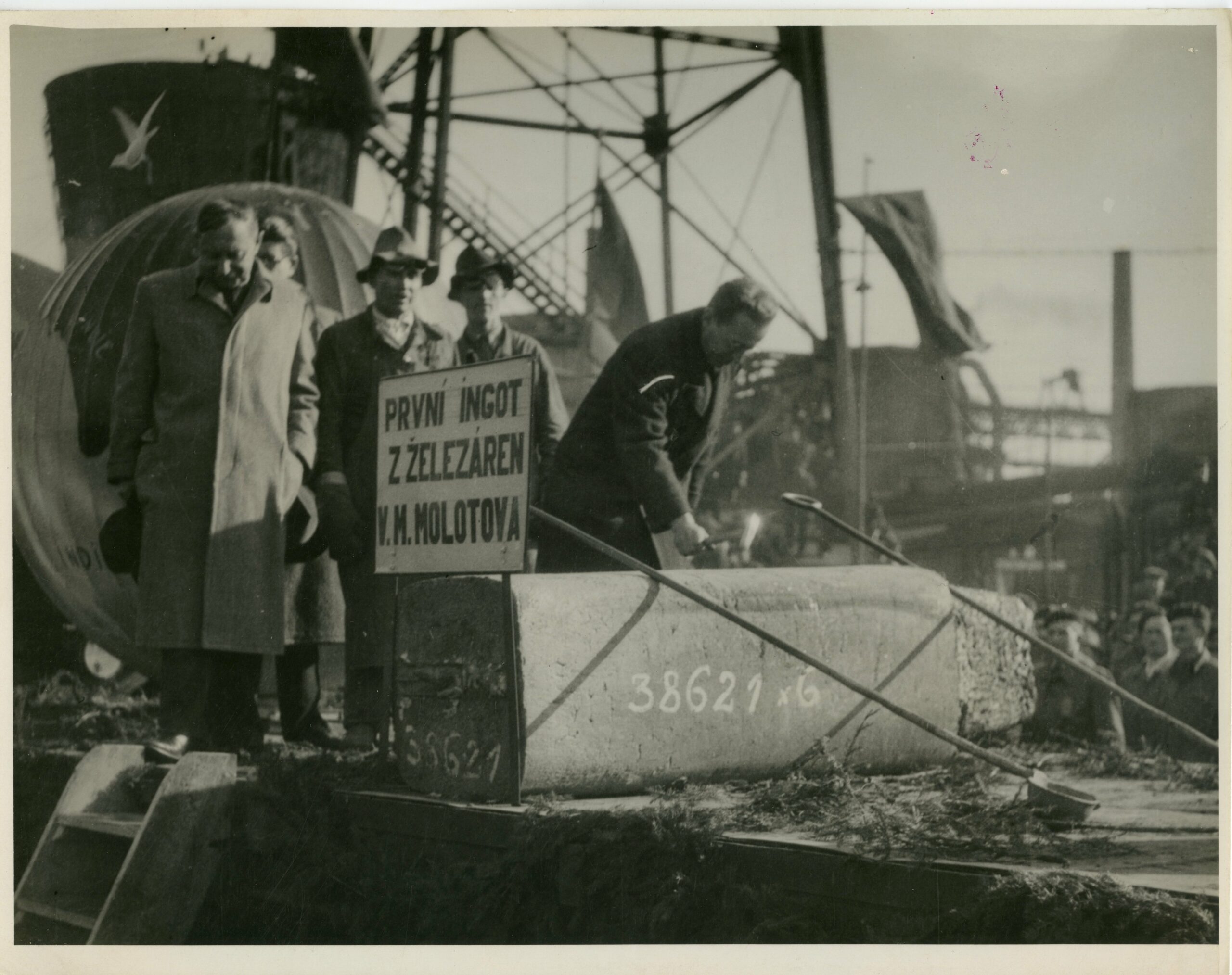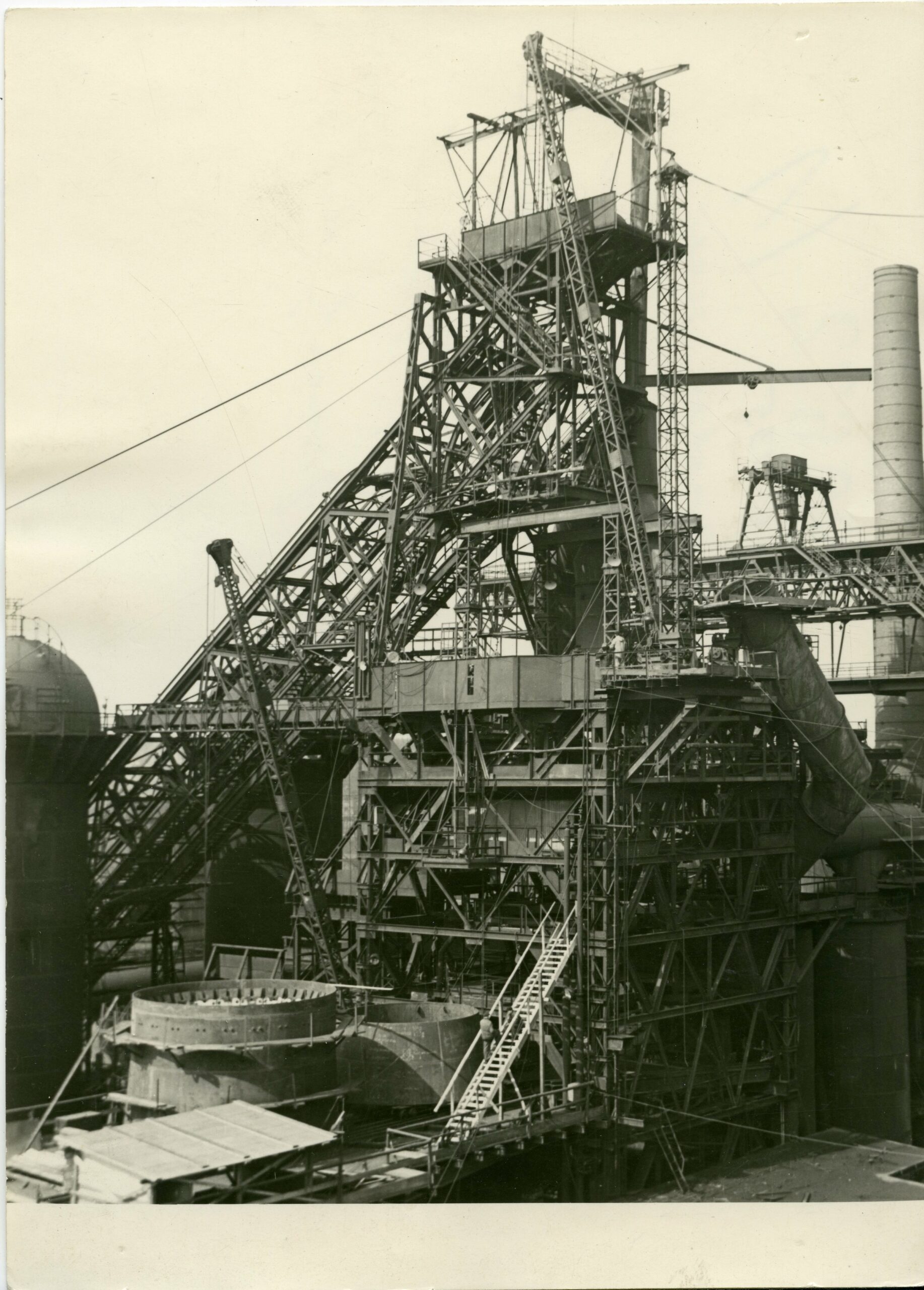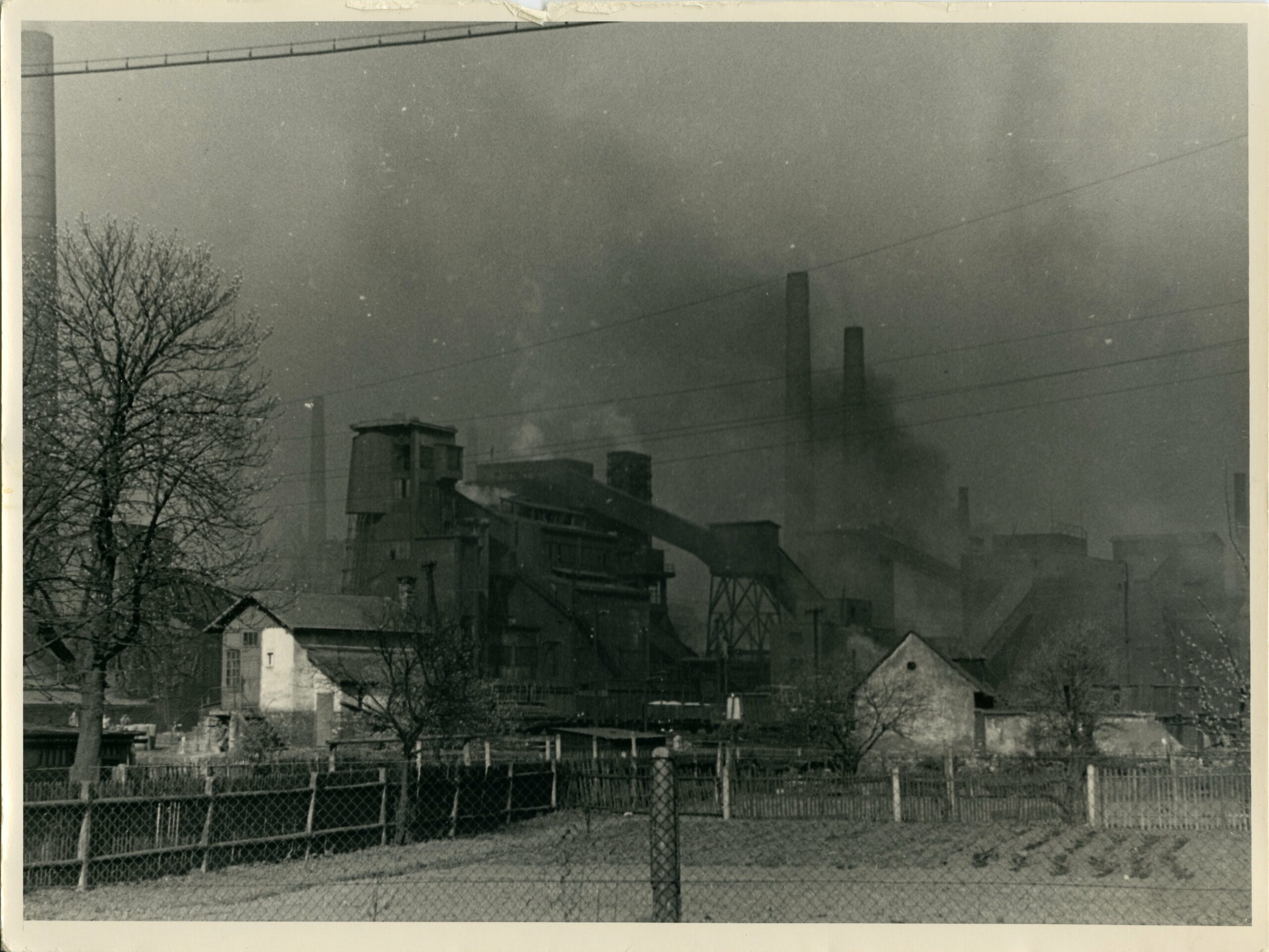Industrial development of Těšín Silesia
The industrial development of Těšín Silesia is associated with coal mining and iron processing. It was greatly boosted by the Košice-Bohumín railway built in 1869-1872, providing local businesses with access to all of Austria-Hungary. The oldest industrial operations in Těšín Silesia included the ironworks run by the Ducal Chamber of Těšín, owned by Habsburg archdukes.
The plants were established in the foothill zone in the south of Těšín Silesia, making use of the favourable local conditions: local iron ore deposits, a sufficient wood supply for charcoal production, and mountain rivers serving as a driving force. The oldest company was founded in Ustroń in 1770. This was followed by plants in Baška (1778), Lískovec near Frýdek (1833, later Charles’ Smelting Plant), hammer mills in Obszar and a blast furnace in Węgierska Górka in Galicia (1838). The ironworks in Třinec was commissioned in 1839. Initially, it was only a minor venture of the Těšín Chamber, but it became a major metallurgical business once the Košice-Bohumín railway reached Třinec in 1871, connecting it to the coal mines in the basin and the ore mines in Slovakia.
The company expanded greatly when archducal plants were sold to the Austrian Mining and Metallurgical Company in 1906, which led to their concentration and modernization. Unprofitable and obsolete factories and shops were closed (enamel plant in 1907, puddling plant in 1908) or sold (Baška, Ustroń, Obszar). The interwar period brought further development of the entire company, renamed the Mining and Metallurgical Company. The Třinec plant expanded and was upgraded further, with a number of new operations commissioned (blast furnace 4, steel plant 2, two new coke batteries, etc.). The ironworks in Třinec became the largest company in Těšín Silesia, with a total staff of nearly 6,000. In the late 1920s, it was one of the most modern and best-equipped ironworks in Central Europe. Following nationalization in 1946, its official name changed in 1950 to the V.M. Molotov Ironworks in Třinec, and again in 1957 to the Třinec Ironworks of the Great October Socialist Revolution. It became the largest producer of iron, steel and rolled goods in Czechoslovakia, with a staff of over 20,000 in the 1960s, with its peak output in the 1980s. After 1989, it was privatized, with Moravia Steel a.s. as the majority shareholder. Třinecké železárny (Třinec Ironworks) is currently the largest metallurgical plant in the Czech Republic, with a staff of approximately 7,000.



